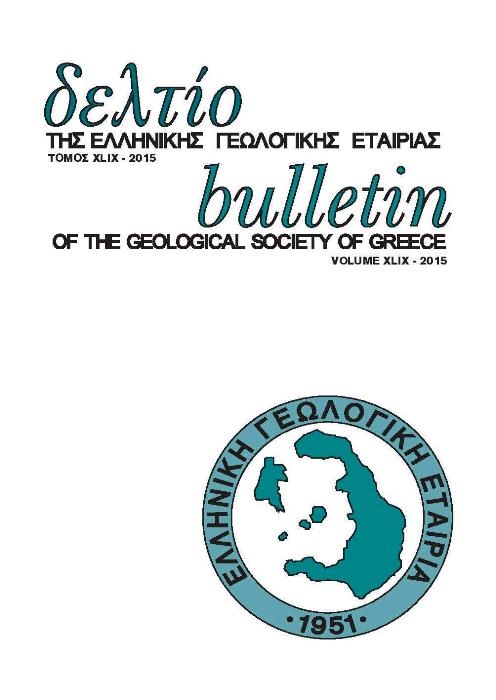Seismogenic sources and related active faults in the gulf of Corinth; a combined approach

Abstract
The neotectonic graben of Corinth gulf forms an interesting case study from the geodynamical and seismological point of view, since specific characteristics met on the fault zones around the gulf and the adjacent seismological data pose several questions related with the overall modern activity across a number of neotectonic faults. Indexing active fault zones with structural, seismological and sedimentological criteria leads to thorough understanding of the evolution and modern activity and provide researchers useful tools in order to evaluate the degree of present day activity of the broader area. The combined approach proposed here, with joint use of both, seismogenic sources and structural evidence, contributes to the re-evaluation of the earthquake potential by assessing the role of active features in the already complex geodynamic environment of the Corinthian gulf
Article Details
- How to Cite
-
Segou, M., & Lozios, S. (2007). Seismogenic sources and related active faults in the gulf of Corinth; a combined approach. Bulletin of the Geological Society of Greece, 40(3), 1267–1278. https://doi.org/10.12681/bgsg.16879
- Section
- Geophysics and Seismology

This work is licensed under a Creative Commons Attribution-NonCommercial 4.0 International License.
Authors who publish with this journal agree to the following terms:
Authors retain copyright and grant the journal right of first publication with the work simultaneously licensed under a Creative Commons Attribution Non-Commercial License that allows others to share the work with an acknowledgement of the work's authorship and initial publication in this journal.
Authors are able to enter into separate, additional contractual arrangements for the non-exclusive distribution of the journal's published version of the work (e.g. post it to an institutional repository or publish it in a book), with an acknowledgement of its initial publication in this journal. Authors are permitted and encouraged to post their work online (preferably in institutional repositories or on their website) prior to and during the submission process, as it can lead to productive exchanges, as well as earlier and greater citation of published work.







